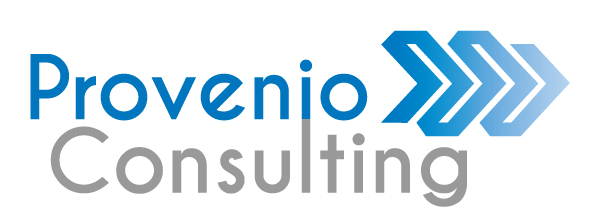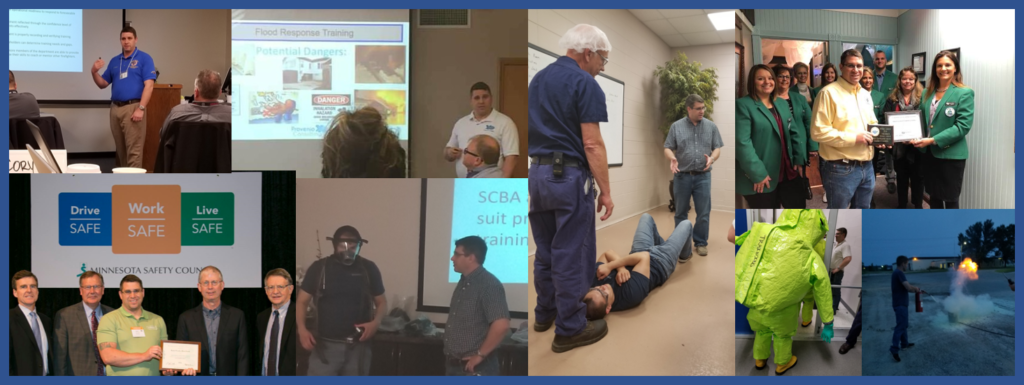The following is a guest blog post authored by Brad Kramer, President and Consultant at Provenio Consulting. Brad shares thought provoking tips and reminders on how to leverage social responsibility as a means to attract customers and talent.  Today’s consumers, communities and employees (current and potential) are more socially conscious than ever. People want their interactions to matter. They want their time and money to support causes and companies that are doing good. How is your organization leveraging that trend?
Today’s consumers, communities and employees (current and potential) are more socially conscious than ever. People want their interactions to matter. They want their time and money to support causes and companies that are doing good. How is your organization leveraging that trend?
- Your brand’s image is not just important for your consumers. Employees want to know that you value their safety and quickly see through false mantras like “safety first” when actions don’t follow words, or resources are seldom allocated to making the job site safer. This quickly erodes morale, production, and retention, spreads your reputation throughout the community, and affects your ability to recruit quality employees.
- ISO 14001 or 45001 certification: ISO standard 14001 tells the world that you have a management system in place to ensure you are continually improving your environmental impact by reducing energy consumption, waste, and the potential to pollute, while 45001 assures you place a high priority on your employees’ safety. Don’t just invest in the certification but make it a core message to your consumers and the community as part of who you are! When you bring the discipline of a management system into your organization, you will quickly realize its value and find it makes you more accountable, efficient, and competitive.
- Collaborate with local conservation organizations to improve the community. Whether it’s working with the watershed district to put in a rain garden to capture storm water (which may include cost-sharing), working with the DOT for Adopt-A-Highway, or supporting the efforts of hunting or fishing organization, you are making your community better and forging important relationships.
- Bring business thinking to improvement projects. While not every safety and environmental problem will generate an ROI, when you bring business disciplines to the discussion, you will often find that these projects have very high returns. For example, labor-intensive tasks that could be automated often have far-reaching consequences in your organization that get overlooked. Too often, the safety professional in an organization isn’t trained to look at these problems through a business-lens and leaves a lot of benefits off the table. The result is that many benefits are not quantified, and these projects go to the wayside in favor of other projects with identified returns. As you get better at quantifying the benefits and more projects get completed, communicate these advancements to the community and consumers. They will appreciate your efforts and support your brand!
- Don’t overlook the value in having employees engage in safety and environmental training events and local organizations. Attending safety conferences and regional meetings, training, and other events spreads the message through the community that your organization is a leader and helps your employees bring back new ideas and best-practices so you’re not trying to reinvent the wheel.
If you’re not constantly improving, another competitor is on the hunt for your employees, your customers and your competitive advantages!





